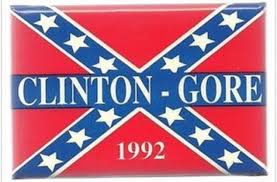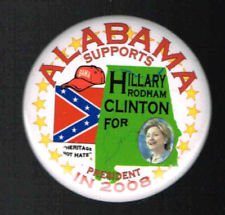Asm. Singleton vs. Saint Patrick's Day
/Today is Saint Patrick's Day. So named in honor of the first bishop of Armagh and the patron saint of Ireland, Nigeria, Puerto Rico, the Caribbean island of Montserrat, parts of Spain and Australia, the Archdiocese of New York, of Newark, and of Boston. There will be revelry tonight to mark the anniversary of the death of this missionary who brought the Christian gospel to the Ireland.
Saint Patrick spent his early adult life as a slave. When Patrick was about 16, he was taken from his home in Great Britain by Irish pirates and was made an agricultural and household slave in Ireland. He was a slave for six years until he escaped and returned to his family. He later entered the clergy, and in an act of Christian charity, returned to Ireland to preach the gospel and minister to those who had once enslaved him.
Last year the murder of innocent Christians at a church in South Carolina was conflated with a long-simmering complaint against the government of that state: That since the 1960's, and in direct response to the movement to obtain civil rights (particularly voting rights) for all its citizens, the government of South Carolina had flown the old battle flag of the breakaway Confederate States of America as an act of defiance to federal efforts to ensure those rights. Those who advocated for the flag to be lowered at the State House used the incident to finally win their reasonable request. But it did not end there.
The makers of fashion in this country decided that this was an opportunity to pit plebeian against plebeian based on nothing more than their attitude towards this flag, forgetting that it had long been used as a kind of cultural backdrop by everyone from rock bands to Democrat politicians. Here are just a few examples:
In its rush to make a fashion statement, the political class developed a kind of crude mob psychology. This mob behavior was particularly developed among those who regularly attended Jefferson-Jackson Day fundraisers, held in honor of those two slave holding Presidents who regularly took by force, for their sexual gratification, the women they considered to be their chattel.
One such member of the political class, an Assemblyman by the name of Troy Singleton, proposed a resolution that was so broad as to effectively condemn any state flag that acknowledges a heritage deriving from the politically-oppressed, formerly enslaved portions of the British Isles. One silly, silly fool of a Republican actually signed on as a co-sponsor -- and the misguided piece of theatre passed with just 7 Assembly members refusing to vote for it.
Assemblyman Singleton's resolution is a kind of ethnic profiling. It attempts to smear every flag that resembles a flag that didn't exist until 1861 (and that wasn't formally adopted until 1863). It doesn't appear to matter to the Assemblyman that the Cross of Saint Andrew and the Saltire of Saint Patrick graced the flags of those Celtic nations from 1385 and 1783, respectively. In 1800, these flags were combined to form the flag of the United Kingdom of Great Britain and Ireland. It was warships flying this flag -- after Parliament voted to abolish the slave trade in 1807 -- that blasted the slave traders off the seas, seizing 1,600 of their ships and freeing over 150,000 people bound for slavery.
Assemblyman Singleton's resolution ignored the Celtic heritage of our early states and forgets the condition of enslavement that brought many of those Celts to America. Uprisings against the Crown in Ireland and Scotland saw many political prisoners sent to America under a penalty called "transportation." After the Scottish uprising of 1745, the display of tartans was banned and the Cross of Saint Andrew remained a way to acknowledge a heritage that was officially suppressed. There were no less than six risings in Ireland that were suppressed during this period -- with prisoners of war often given the choice of "transportation" to America or death. The Saltire of Saint Patrick was one of the few ways that they could remember. That is why today it features as part of the flag of Jamaica.
Unfortunately for Assemblyman Singleton and his co-sponsors, the ethnic group his resolution effectively profiled is a very significant one. The flag under which march the benevolent society called The Friendly Sons of Saint Patrick is the Saltire.
We think an apology from the Assemblyman is in order.









